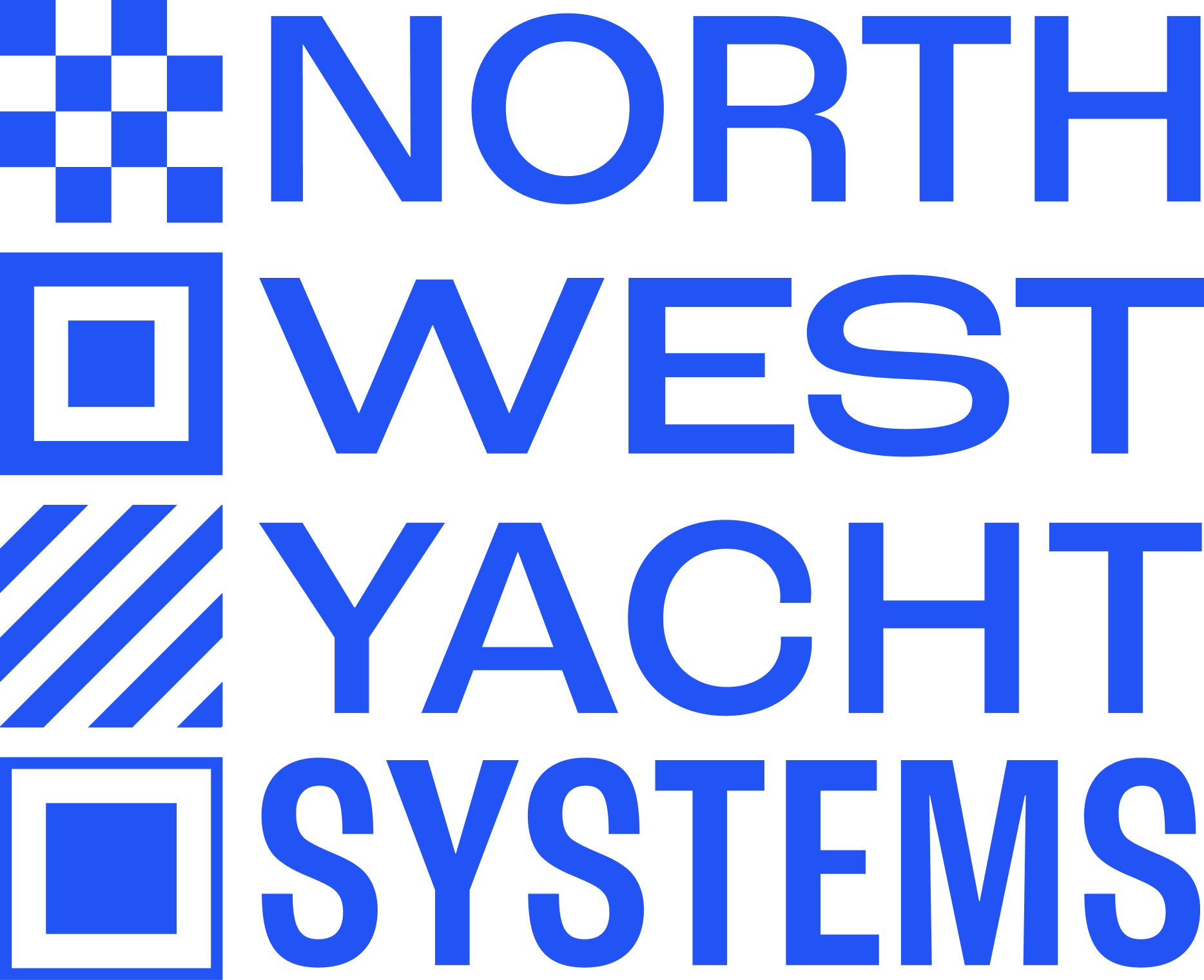True VS Apparent Wind
Wind is a fundamental force of nature that has shaped human civilizations for millennia. Whether for sailing across oceans, generating renewable energy, or simply enjoying a breeze on a sunny day, wind plays a crucial role in our lives. However, within the realm of sailing and aerodynamics, there exists a concept that distinguishes between what we perceive and what truly exists: the division between true wind and apparent wind.
What is True Wind?
True wind refers to the actual direction and speed of the wind, unaffected by the movement of the observer. In other words, if you were standing still on the ground with no external factors influencing your position, the wind you would feel blowing against your face would be the true wind. It’s the wind you’d experience if you were in a fixed position, say, on a stationary boat with no forward motion.
Understanding Apparent Wind:
On the other hand, apparent wind is the wind experienced by an observer in motion. When you’re sailing, for instance, the boat’s movement creates an additional wind component that affects what you feel on deck. Apparent wind is a combination of the true wind and the wind generated by the speed and direction of the observer’s movement. If you’ve ever stuck your hand out of a moving car window and felt the wind, you’ve experienced apparent wind. The sensation you feel is a blend of the actual wind and the wind created by the vehicle’s motion.
The Relationship Between True and Apparent Wind:
Understanding the relationship between true and apparent wind is crucial for sailors and anyone working with aerodynamics. When sailing, for instance, sailors trim their sails to harness the power of the apparent wind, which may differ in direction and intensity from the true wind due to the boat’s movement. By adjusting the sails to optimize the interaction with apparent wind, sailors can propel their vessels efficiently and reach their destinations faster.
Factors Influencing Apparent Wind:
Several factors influence the apparent wind experienced by an observer in motion. These include the speed and direction of the observer, the speed and direction of the true wind, and the aerodynamic characteristics of the object in motion. For sailors, factors such as the boat’s hull shape, sail design, and angle of attack all affect how the apparent wind interacts with the vessel.
Practical Implications:
Understanding the difference between true and apparent wind is not merely an academic exercise but has practical implications for various activities. In sailing, it’s essential for optimizing speed and maneuverability, while in aviation, pilots must account for apparent wind when calculating airspeed and navigation.
Conclusion:
True wind and apparent wind represent two perspectives of the same natural phenomenon. While true wind remains constant regardless of an observer’s motion, apparent wind is relative to the observer’s speed and direction. By comprehending this distinction, sailors, pilots, and aerodynamic engineers can navigate the elements more effectively, harnessing the power of the wind to propel themselves forward. Whether sailing across oceans or soaring through the skies, the interplay between true and apparent wind shapes our interaction with the atmosphere and exemplifies the dynamic relationship between nature and human endeavor.
